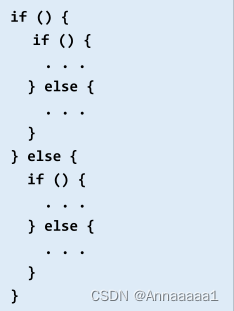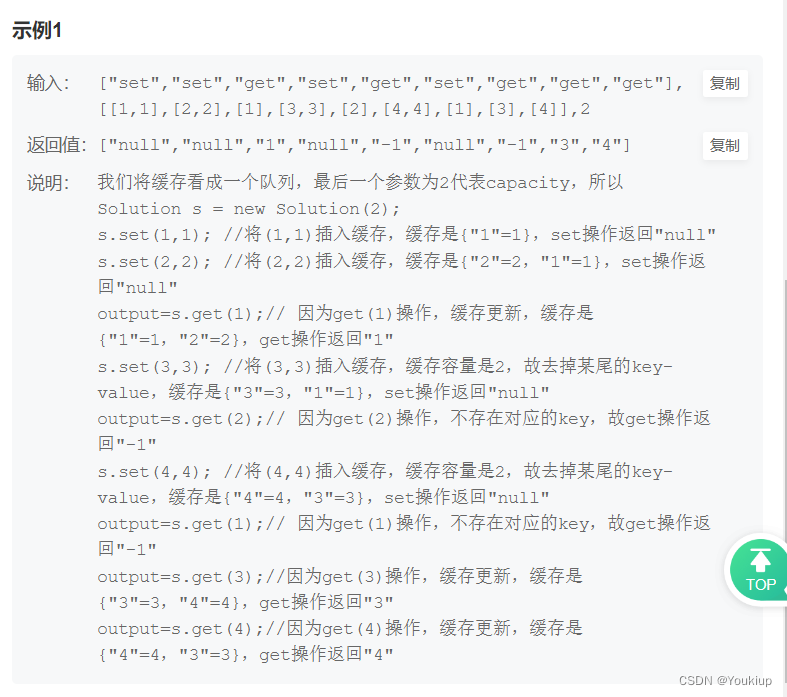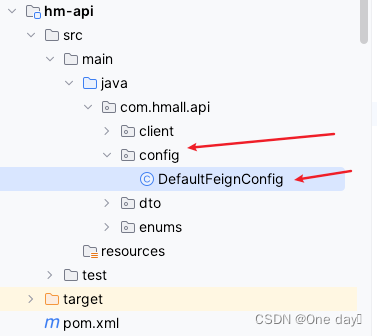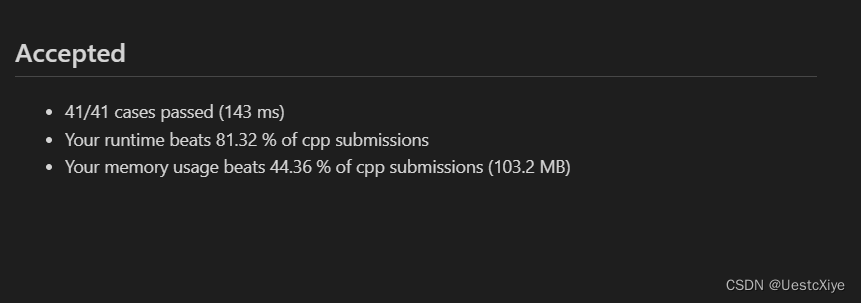一、线程数据共享和安全 -ThreadLocal
1 什么是 ThreadLocal
- ThreadLocal 的作用,可以实现在同一个线程数据共享, 从而解决多线程数据安全问题.
- ThreadLocal 可以给当前线程关联一个数据(普通变量、对象、数组)set 方法 [源码!]
- ThreadLocal 可以像 Map 一样存取数据,key 为当前线程, get 方法
- 每一个 ThreadLocal 对象,只能为当前线程关联一个数据,如果要为当前线程关联多个数据,就需要使用多个 ThreadLocal 对象实例
- 每个 ThreadLocal 对象实例定义的时候,一般为 static 类型
- ThreadLocal 中保存数据,在线程销毁后,会自动释放

2 快速入门 ThreadLocal
演示 ThreadLocal (作用:在一个线程中, 共享数据(线程安全))的使用
创建Dog,Pig类
创建T2DAO类
package com.hspedu.threadlocal;
public class T2DAO {
public void update(){
Object o = T1.threadLocal1.get();
String name =Thread.currentThread().getName();//获取当前线程名
System.out.println("在TDAO的update()线程是="+name+" 取出的dog= "+o);
}
}
创建T1Service类
package com.hspedu.threadlocal;
public class T1Service {
public void update(){
//取出ThreadLocal对象关联的对象
Object o = T1.threadLocal1.get();
String name=Thread.currentThread().getName();
System.out.println("在T1Service的update()线程name= "+name+" dog= "+o);
//调用了dao-update方法
new T2DAO().update();
}
}
ThreadLocalTest
package com.hspedu.threadlocal;
public class T1 {
//创建ThreadLocal对象,做成一个public static
public static ThreadLocal<Object> threadLocal1=new ThreadLocal<>();
public static ThreadLocal<Object> threadLocal2=new ThreadLocal<>();
//Task是线程类-内部类/线程
public static class Task implements Runnable{
@Override
public void run() {
Dog dog=new Dog();
//给threadLocal1放入一只狗 set dog
threadLocal1.set(dog);//用同一个threadlocal会替换哦
System.out.println("Task放入了 dog= "+dog);
Pig pig=new Pig();
threadLocal2.set(pig);
System.out.println("在run 方法中 线程="+Thread.currentThread().getName());
new T1Service().update();
}
}
public static void main(String[] args) {
new Thread(new Task()).start();
}
}

 二、文件上传
二、文件上传
1 基本介绍
- 文件的上传和下载,是常见的功能。
- 后面项目就使用了文件上传下载。
- 如果是传输大文件,一般用专门工具或者插件
- 文件上传下载需要使用到两个包 , 需要导入
- 说明:
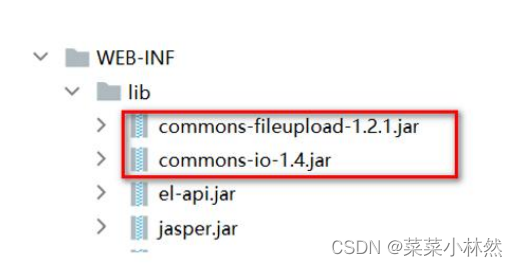
2 文件上传示意图
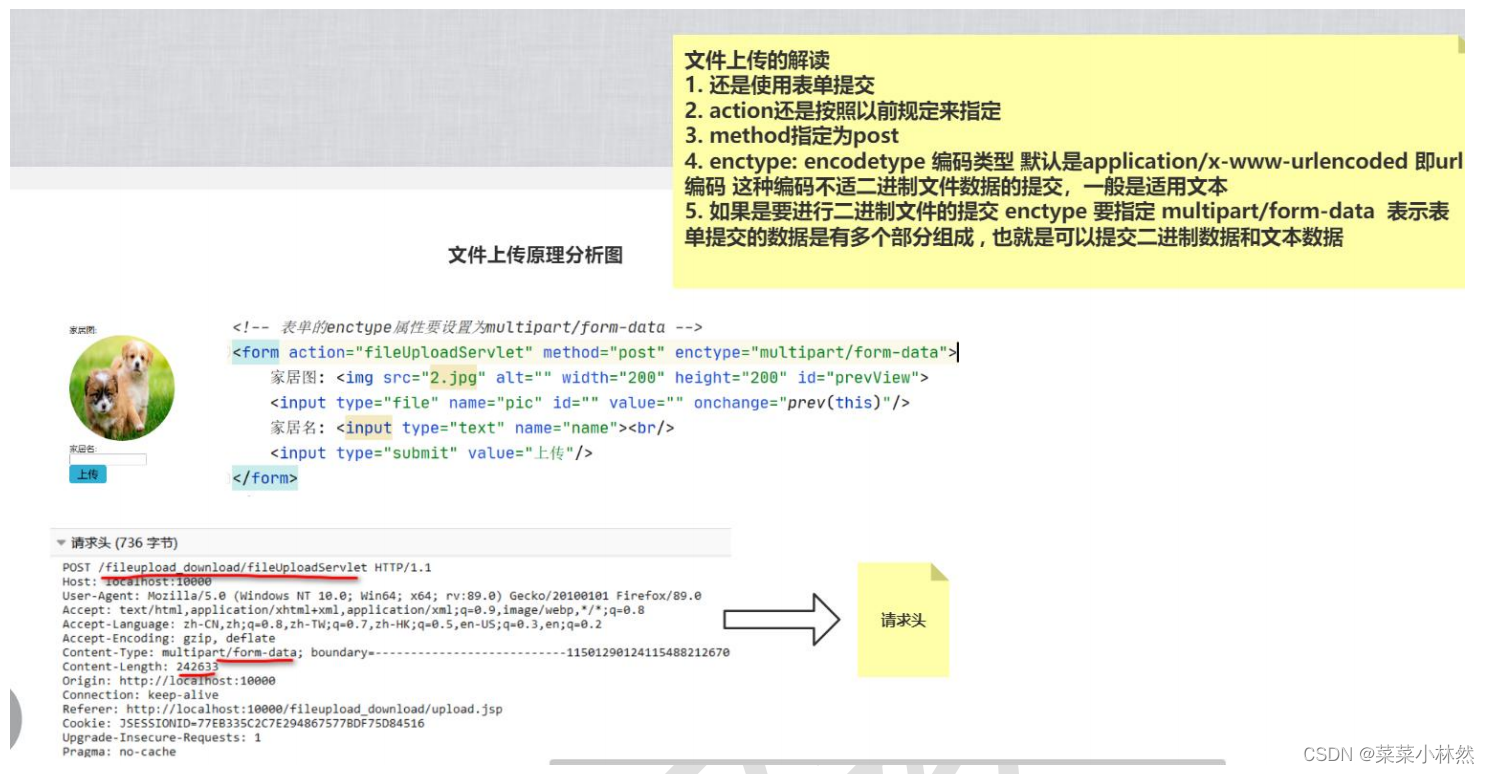
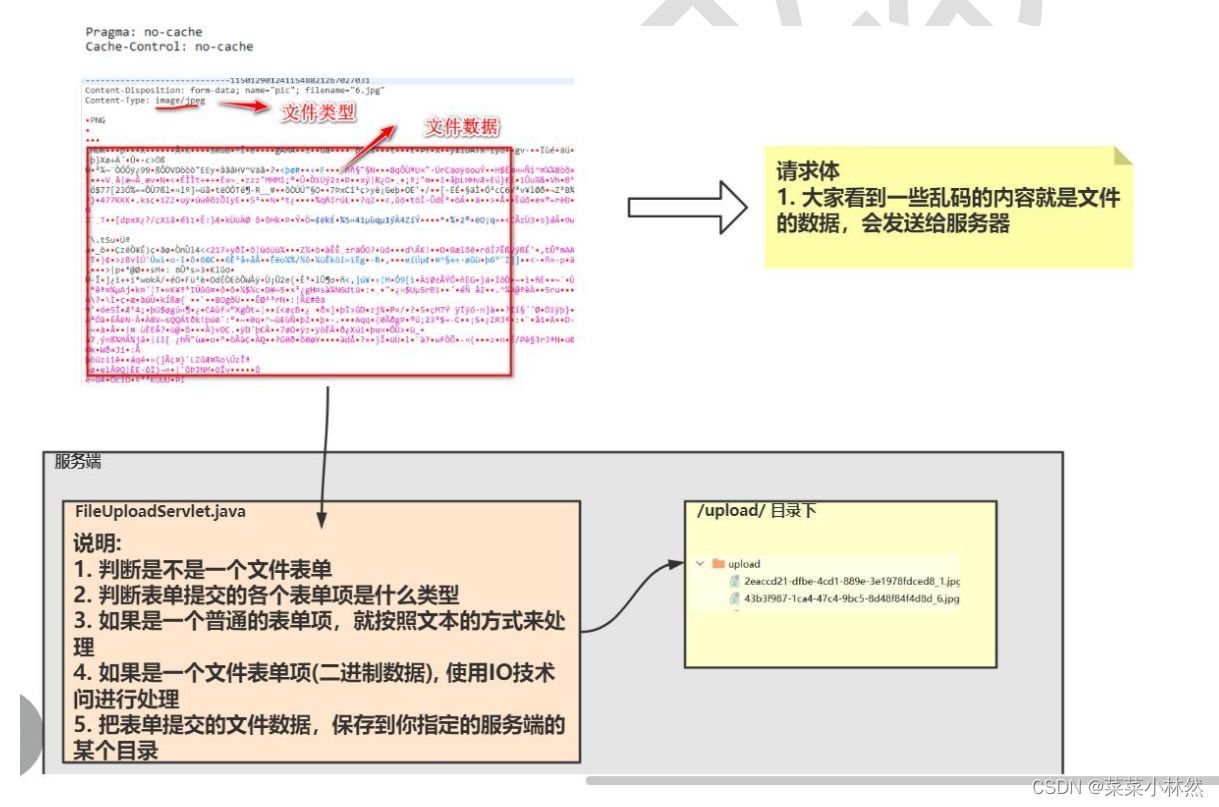
3 应用实例
load.jsp
<%--
User: Linran
Date: 2024/4/23
Time: 22:16
Version: 1.0
To change this template use File | Settings | File Templates.
--%>
<%@ page contentType="text/html;charset=UTF-8" language="java" %>
<!DOCTYPE html>
<html lang="en">
<head>
<meta charset="UTF-8">
<title>Title</title>
<%-- 指定了base标签 web工程/--%>
<base href="<%=request.getContextPath()+"/"%>>">
<style type="text/css">
input[type="submit"] {
outline: none;
border-radius: 5px;
cursor: pointer;
background-color: #31B0D5;
border: none;
width: 70px;
height: 35px;
font-size: 20px;
}
img {
border-radius: 50%;
}
form {
position: relative;
width: 200px;
height: 200px;
}
input[type="file"] {
position: absolute;
left: 0;
top: 0;
height: 200px;
opacity: 0;
cursor: pointer;
}
</style>
<script type="text/javascript">
function prev(event) {
//获取展示图片的区域
var img = document.getElementById("prevView");
//获取文件对象
let file = event.files[0];
//获取文件阅读器
let reader = new FileReader();
reader.readAsDataURL(file);
reader.onload = function () {
//给 img 的 src 设置图片 url
img.setAttribute("src", this.result);
}
}
</script>
</head>
<body>
<!-- 表单的 enctype 属性要设置为 multipart/form-data -->
<form action="fileUploadServlet" method="post" enctype="multipart/form-data">
家居图: <img src="2.jpg" alt="" width="200" height="200" id="prevView">
<input type="file" name="pic" id="" value="2xxx.jpg" onchange="prev(this)"/>
家居名: <input type="text" name="name"><br/>
<input type="submit" value="上传"/>
</form>
</body>
</html>
FileUploadServlet
package com.hspedu.servlet;
import com.hspedu.utils.WebUtils;
import org.apache.commons.fileupload.FileItem;
import org.apache.commons.fileupload.FileUploadException;
import org.apache.commons.fileupload.disk.DiskFileItemFactory;
import org.apache.commons.fileupload.servlet.ServletFileUpload;
import javax.servlet.ServletException;
import javax.servlet.http.HttpServlet;
import javax.servlet.http.HttpServletRequest;
import javax.servlet.http.HttpServletResponse;
import java.io.File;
import java.io.IOException;
import java.util.List;
import java.util.UUID;
public class FileUploadServlet extends HttpServlet {
protected void doPost(HttpServletRequest request, HttpServletResponse response) throws ServletException, IOException {
System.out.println("FileUploadServlet被调用");
//1.判断是不是文件表单(enctype=multipart/form-data)
if(ServletFileUpload.isMultipartContent(request)){
System.out.println("ok");
//创建DiskFileItemFactory对象,用于构建一个解析上传数据的工具对象
DiskFileItemFactory diskFileItemFactory = new DiskFileItemFactory();
//创建一个解析上传数据的对象
ServletFileUpload servletFileUpload=new ServletFileUpload(diskFileItemFactory);
//解决接收到的文件名是中文乱码的问题
servletFileUpload.setHeaderEncoding("utf-8");
//关键地方,servletFileUpload对象可以把表单提交的数据text/文件
//将其封装到<FileItem>文件项中
try {
List<FileItem> list = servletFileUpload.parseRequest(request);
System.out.println("list==>"+list);
//遍历,并分别处理
for(FileItem fileItem:list){
//System.out.println("fileItem= "+fileItem);
//判断是不是一个文件
if(fileItem.isFormField()){//这是一个文本控件
//如果为真就是文本
// String name = fileItem.getName();
// System.out.println("name= "+name);
String name = fileItem.getString("utf-8");
System.out.println("家具名= "+name);
}else {//说明是一个文件
//获取文件的名字
String name = fileItem.getName();
System.out.println("上传的文件名= "+name);
//上传到服务器的temp下的文件保存到指定的目录
//1.指定一个目录,就是我们网站工作目录下
String filePath="/upload/";
//2。获取完整目录,这个目录是和项目运行的环境绑定的
String realPath = request.getServletContext().getRealPath(filePath);
System.out.println("fileRealPath= "+realPath);
//3 创建上传的目录
//写一个工具类,可以返回/日期/2024/11/11
File file=new File(realPath+ WebUtils.getYearMonthDay());
if(!file.exists()){//不存在就创建
file.mkdirs();//创建
}
//4 将文件拷贝到realpath
//构建一个完整的路径名+文件名
//为了防止重名替换,我们对上传的文件名进行处理,在前面增加前缀,保证是唯一即可
name=UUID.randomUUID().toString()+"_"+name;
String final_name=file+name;
fileItem.write(new File(final_name));
//5 提示信息
response.setContentType("text/html;charset=utf-8");
response.getWriter().write("上传成功");
}
}
} catch (Exception e) {
e.printStackTrace();
}
}else {
System.out.println("不是文件表单");
}
}
protected void doGet(HttpServletRequest request, HttpServletResponse response) throws ServletException, IOException {
doPost(request,response);
}
}
WebUtils
package com.hspedu.utils;
import java.time.LocalDateTime;
public class WebUtils {
public static String getYearMonthDay(){
//如何得到当前的日期
LocalDateTime ldt=LocalDateTime.now();
int year=ldt.getYear();
int month=ldt.getMonthValue();
int dayofMonth=ldt.getDayOfMonth();
String YearMonthDay=year+"/"+month+"/"+dayofMonth+"/";
return YearMonthDay;
}
}
4 文件上传注意事项和细节
- 一个完美的文件上传,要考虑的因素很多,比如断点续传、控制图片大小,尺寸,分片上传,防止恶意上传等,在项目中,可以考虑使用 WebUploader 组件(百度开发) http://fex.baidu.com/webuploader/doc/index.html
- 文件上传功能,在项目中建议有限制的使用,一般用在头像、证明、合同、产品展示等,如果不加限制,会造成服务器空间被大量占用 [比如 b 站评论,就不能传图片,微信发 1 次朋友圈最多 9 张图等..]
- 如果将文件都上传到一个目录下,当上传文件很多时,会造成访问文件速度变慢,因此可以将文件上传到不同目录 比如 一天上传的文件,统一放到一个文件夹 年月日, 比如21001010 文件夹
- 文件上传,创建 web/upload 的文件夹,在 tomcat 启动时,没有在 out 目录下 创建 对应的 upload 文件夹, 原因是 tomcat 对应空目录是不会在 out 下创建相应目录的,所以,只需在 upload 目录下,放一个文件即可, 这个是 Idea + Tomcat 的问题, 实际开发不会存在.
三、文件下载
1 文件下载的原理分析图

2 应用实例
<%--
User: Linran
Date: 2024/4/24
Time: 10:35
Version: 1.0
To change this template use File | Settings | File Templates.
--%>
<%@ page contentType="text/html;charset=UTF-8" language="java" %>
<!DOCTYPE html>
<html lang="en">
<head>
<meta charset="UTF-8">
<title>文件下载</title>
<base href="<%=request.getContextPath()+"/"%>>">
</head>
<body>
<h1>文件下载</h1>
<a href="fileDownloadServlet?name=1.png">点击下载小狗图片</a><br/><br/>
<a href="fileDownloadServlet?name=韩顺平零基础java笔记.pdf">点击下载 韩顺平零基础 Java 笔记.pdf</a><br/><br/>
</body>
</html>
package com.hspedu.servlet;
import org.apache.commons.io.IOUtils;
import sun.misc.BASE64Encoder;
import javax.servlet.ServletContext;
import javax.servlet.ServletException;
import javax.servlet.ServletOutputStream;
import javax.servlet.http.HttpServlet;
import javax.servlet.http.HttpServletRequest;
import javax.servlet.http.HttpServletResponse;
import java.io.IOException;
import java.io.InputStream;
import java.net.URLEncoder;
public class FileDownloadServlet extends HttpServlet {
protected void doPost(HttpServletRequest request, HttpServletResponse response) throws ServletException, IOException {
System.out.println("FileDownloadServlet被调用");
//1. 先准备要下载的文件[假定这些文件是公共的资源]
//重要:当我们的tomcat启动后在我们的工作目录下有我们需要的文件夹
request.setCharacterEncoding("utf-8");
//2.获取到要下载的文件的名字
String downloadFileName = request.getParameter("name");
//System.out.println("downloadFileName= "+downloadFileName);
//3 给http响应,设置响应头Content-Type就是文件的MiME
//通过servletContext来获取
ServletContext servletContext=request.getServletContext();
String downloadPath="/download/";
String downloadFullPath=downloadPath+downloadFileName;
String mimeType = servletContext.getMimeType(downloadFullPath);
//System.out.println(mimeType);
response.setContentType(mimeType);
//4 给http响应,设置响应头Content-Disposition
//这里考虑的细节比较多,比如不同的浏览器写法不一样,考虑编码
//ff是文件名中文需要base64,而ie/chrome是URL编码
//这里我们不需要同学背下来,只需要知道原理
//(1)如果是Firefox 则中文编码需要 base64
//(2)Content-Disposition 是指定下载的数据的展示形式 , 如果attachment 则使用文件下载方式
//(3)如果是其他(主流ie/chrome) 中文编码使用URL编码
if (request.getHeader("User-Agent").contains("Firefox")) {
// 火狐 Base64编码
response.setHeader("Content-Disposition", "attachment; filename==?UTF-8?B?" +
new BASE64Encoder().encode(downloadFileName.getBytes("UTF-8")) + "?=");
} else {
// 其他(主流ie/chrome)使用URL编码操作
response.setHeader("Content-Disposition", "attachment; filename=" +
URLEncoder.encode(downloadFileName, "UTF-8"));
}
//读取下载的文件数据,返回给客户端/浏览器
//(1)创建一个和要下载的文件,关联的输入流
InputStream resourceAsStream
=servletContext.getResourceAsStream(downloadFullPath);
//(2)得到返回数据的输出流
ServletOutputStream outputStream = response.getOutputStream();
//(3)返回数据,使用工具类将输入流关联的文件拷贝到输出流并返回给客户端
IOUtils.copy(resourceAsStream,outputStream);
}
protected void doGet(HttpServletRequest request, HttpServletResponse response) throws ServletException, IOException {
doPost(request,response);
}
}
3 注意事项和细节
文件下载,比较麻烦的就是文件名中文处理
因此,在代码中,针对不同浏览器做了处理

对于网站的文件,很多文件使用另存为即可下载,对于大文件
(
文档,视频
)
,会使用专
业的下载工具
(
迅雷、百度,腾讯,华为网盘等
)
对于不同的浏览器
,
在把文件下载完毕后,处理的方式不一样
,
有些是直接打开文件
,
有些是将文件下载到 本地
/
下载目录
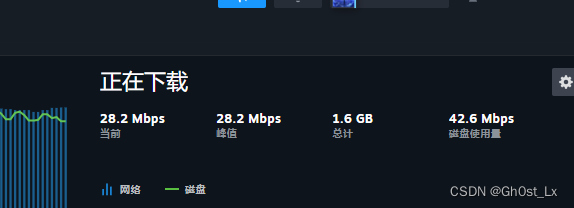
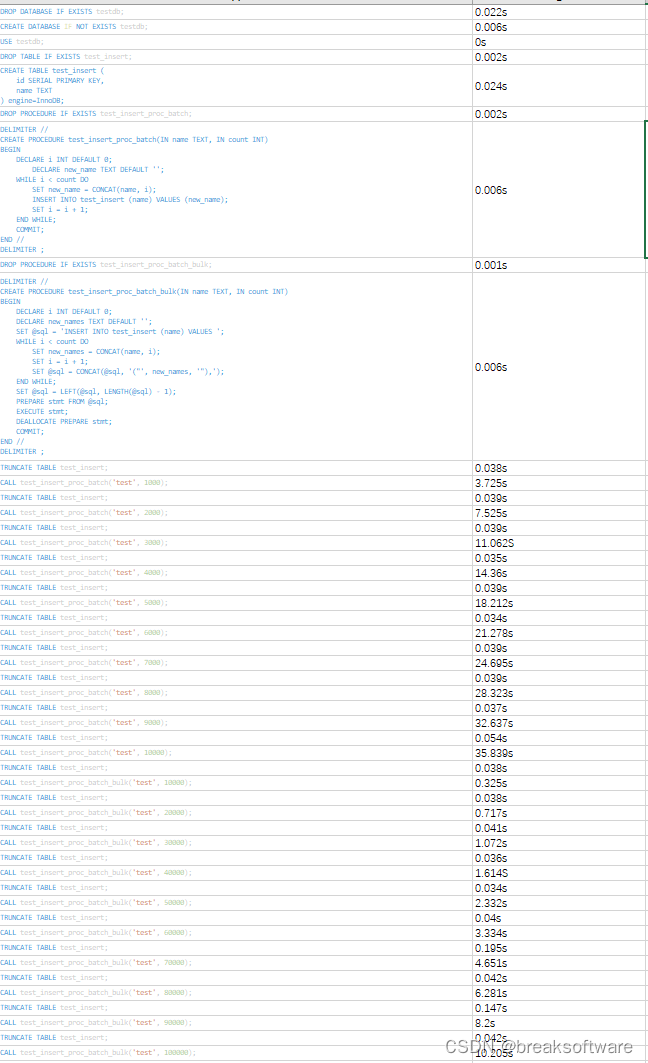

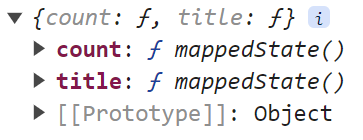
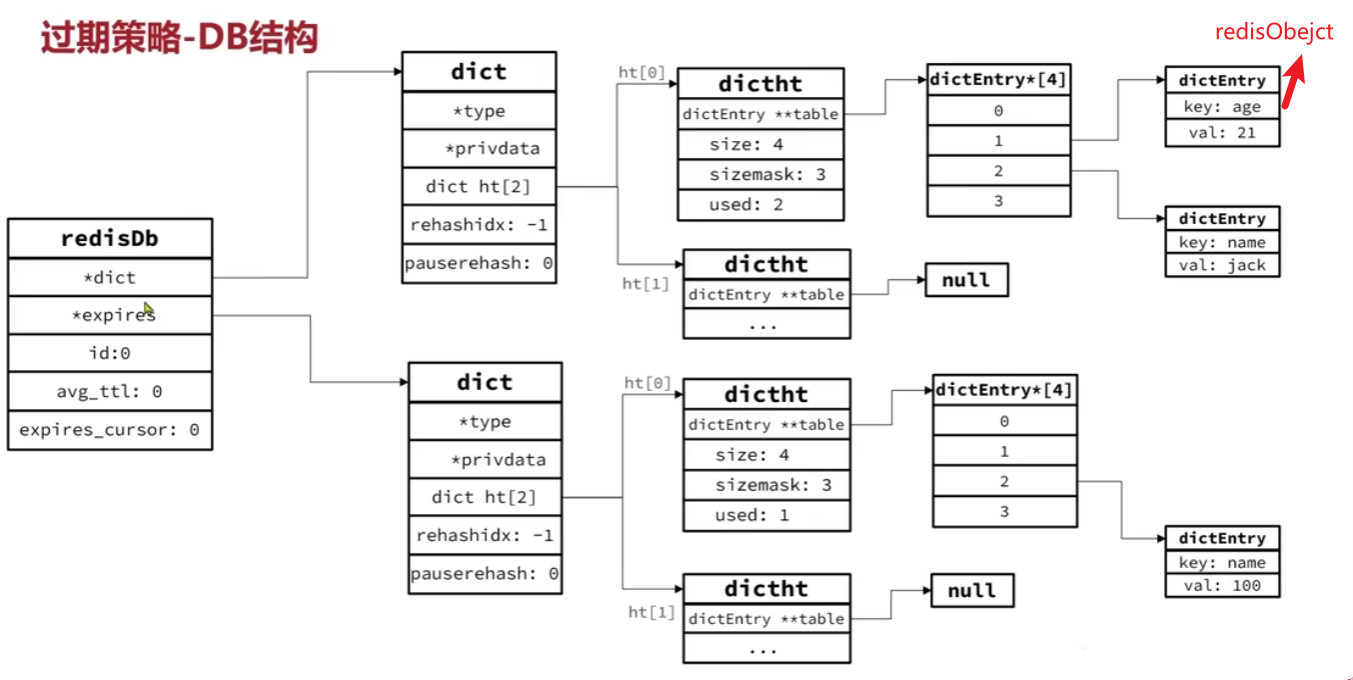
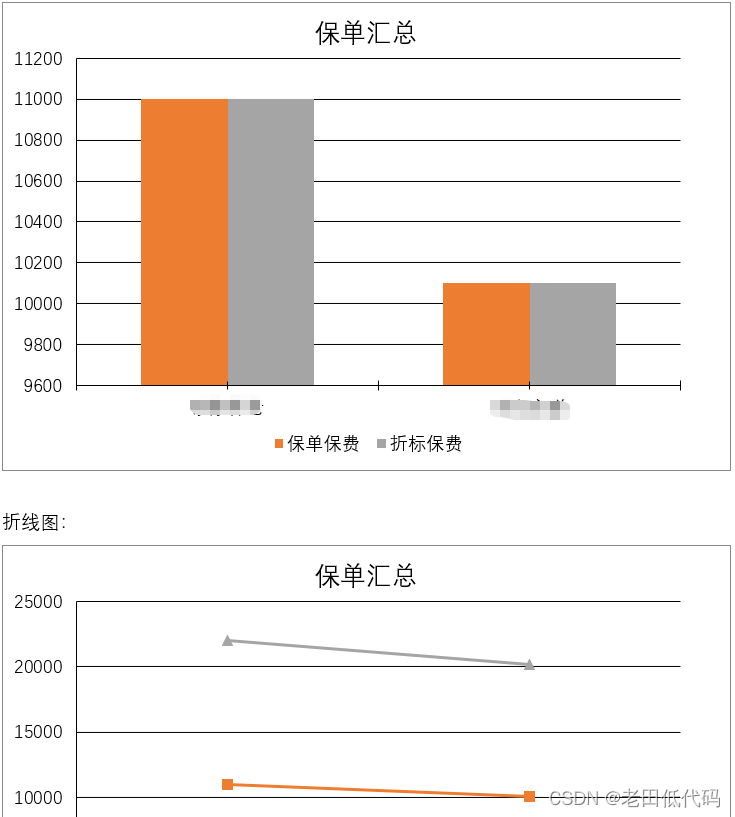
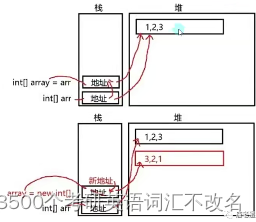
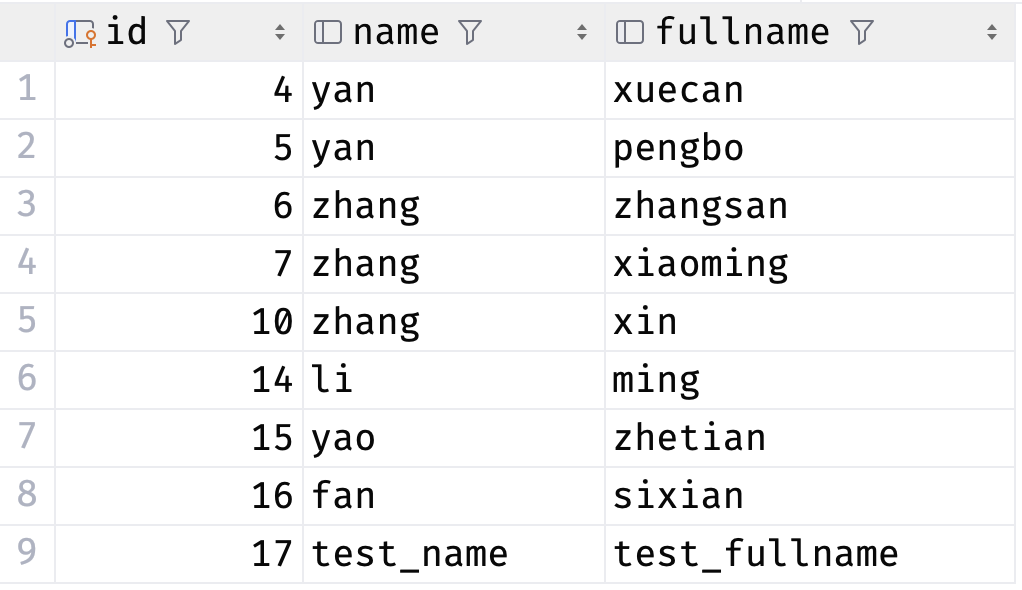
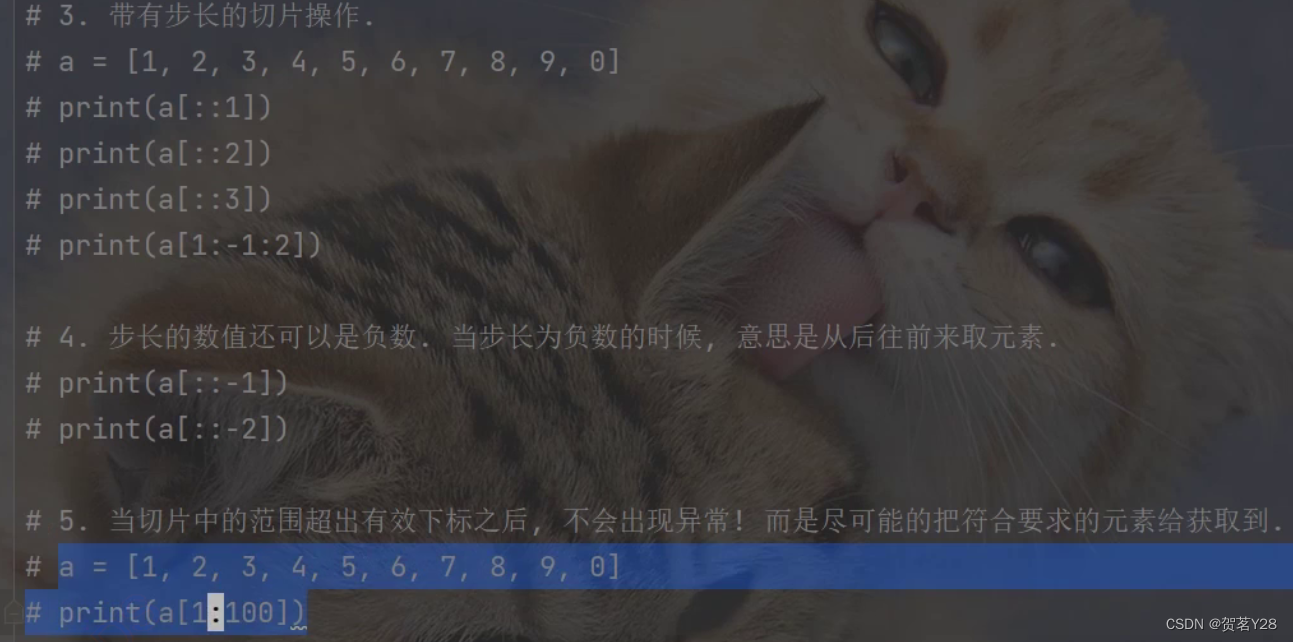
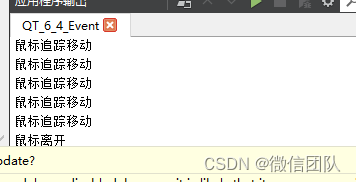
![[HGAME 2023 week4]shellcode](https://img-blog.csdnimg.cn/img_convert/adf082c01d2bf2016f6c6e1bbcc0edb1.png)


